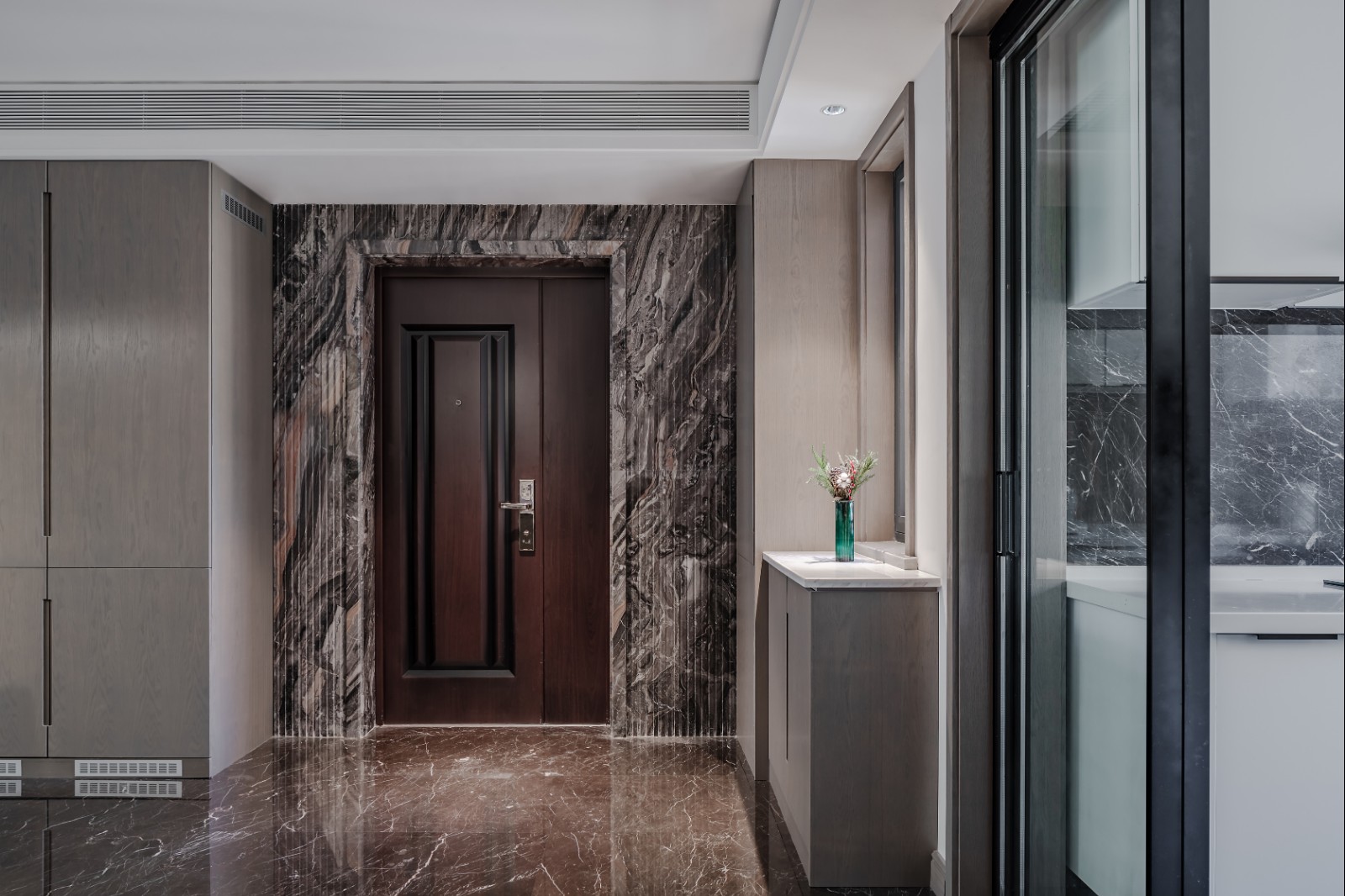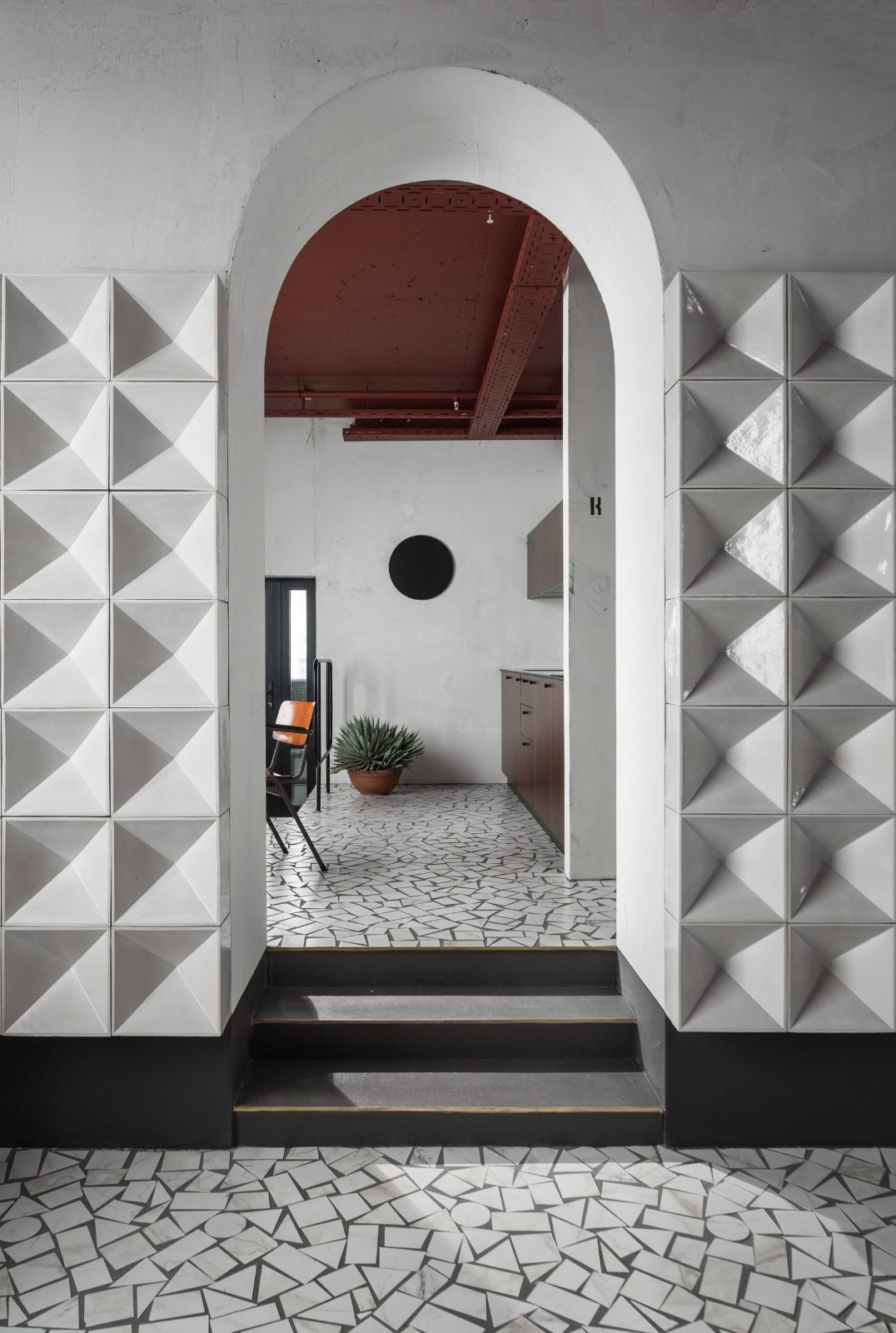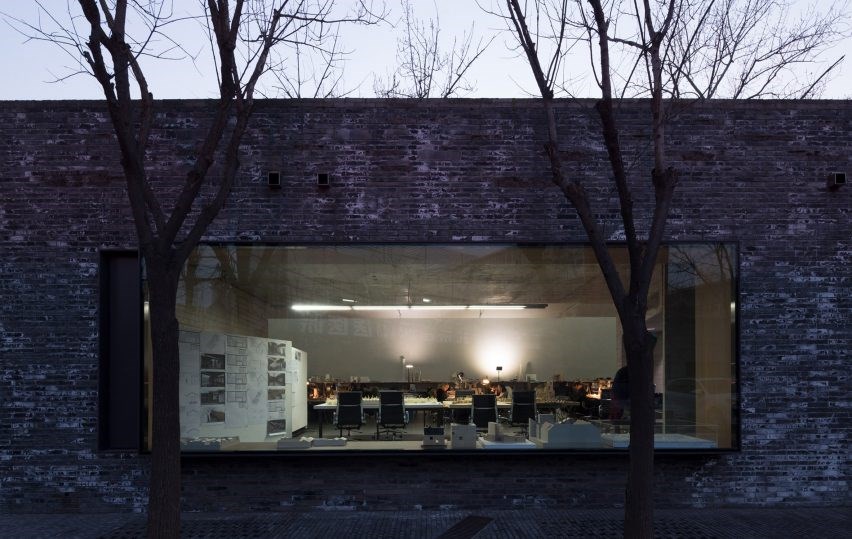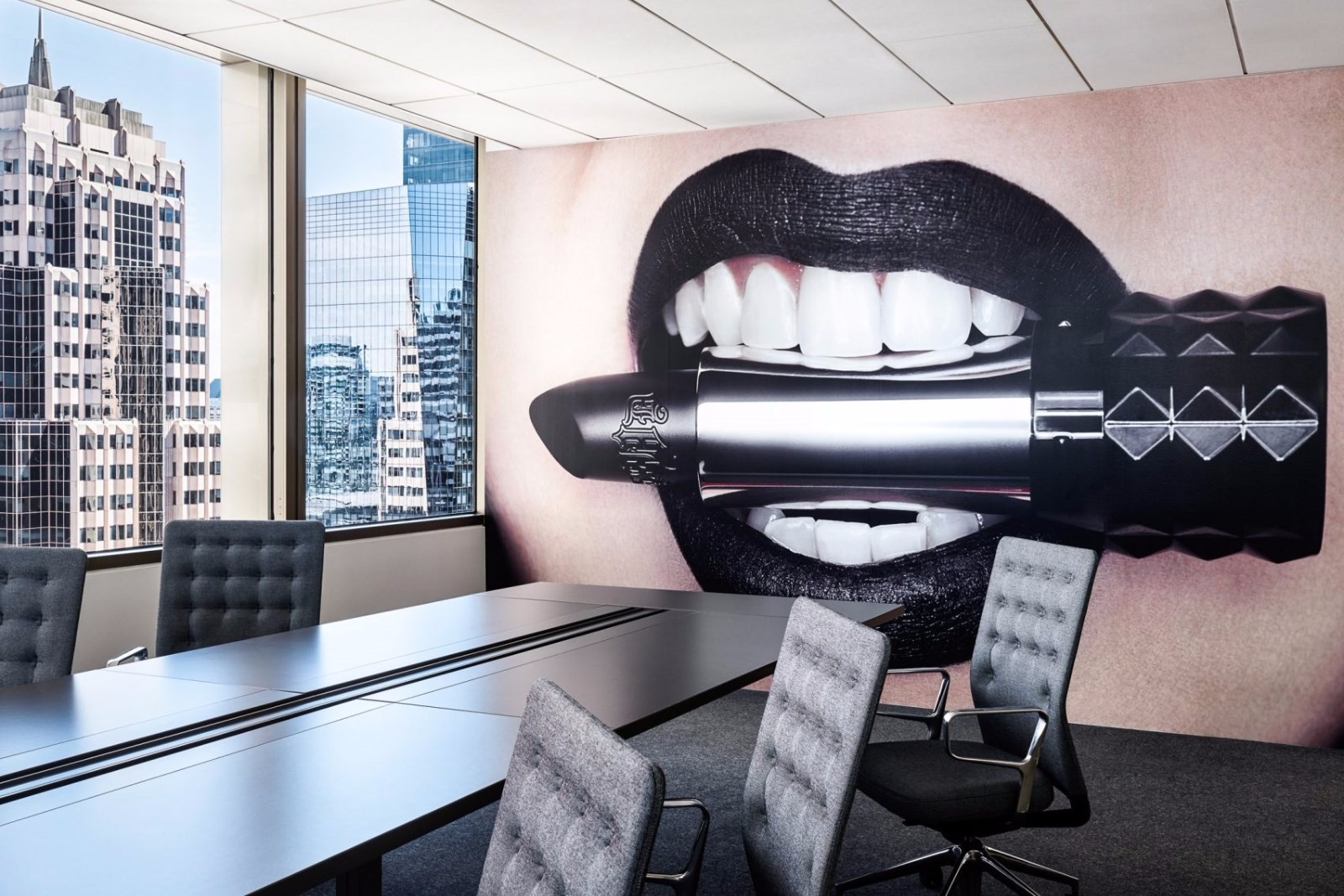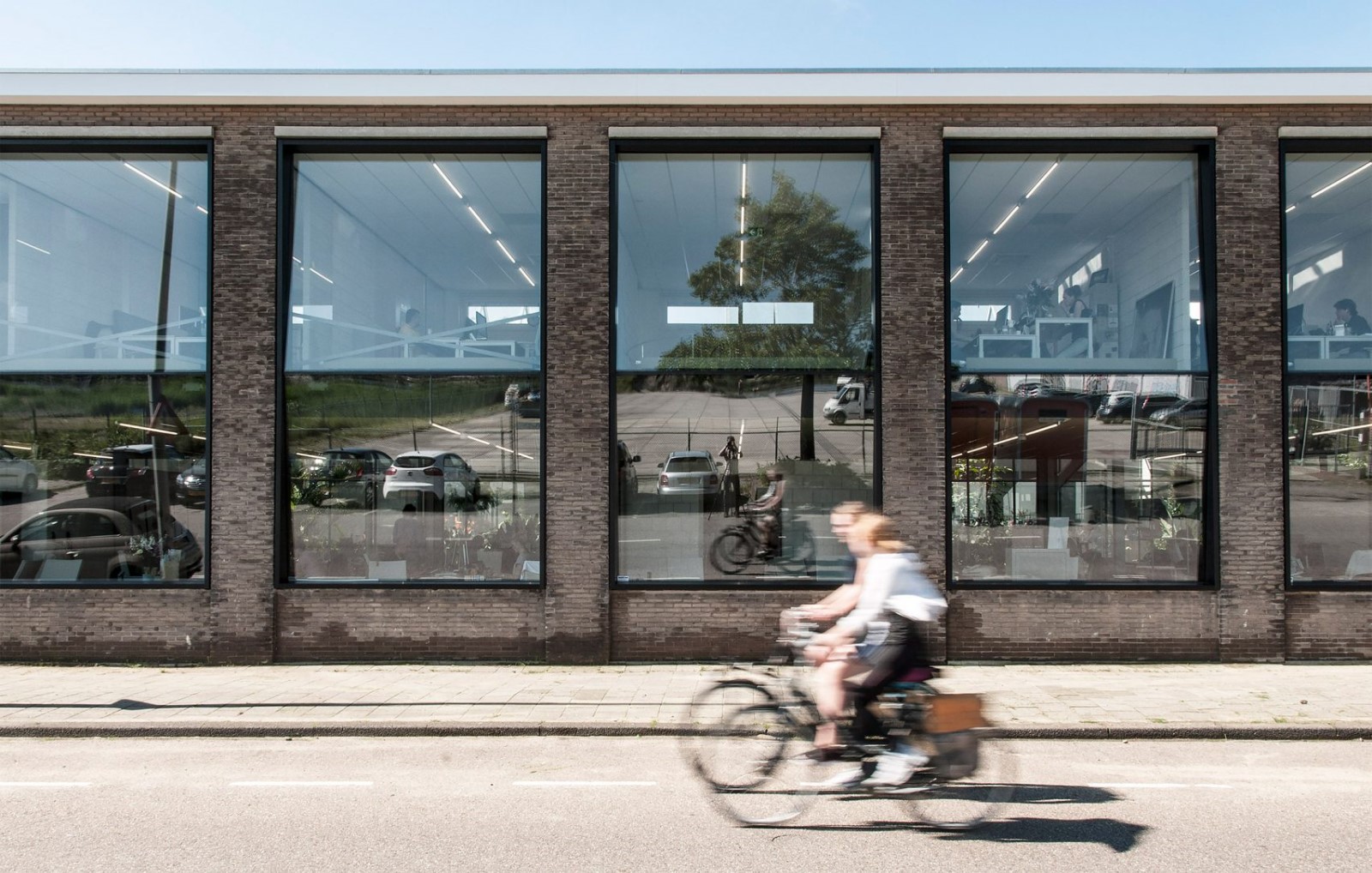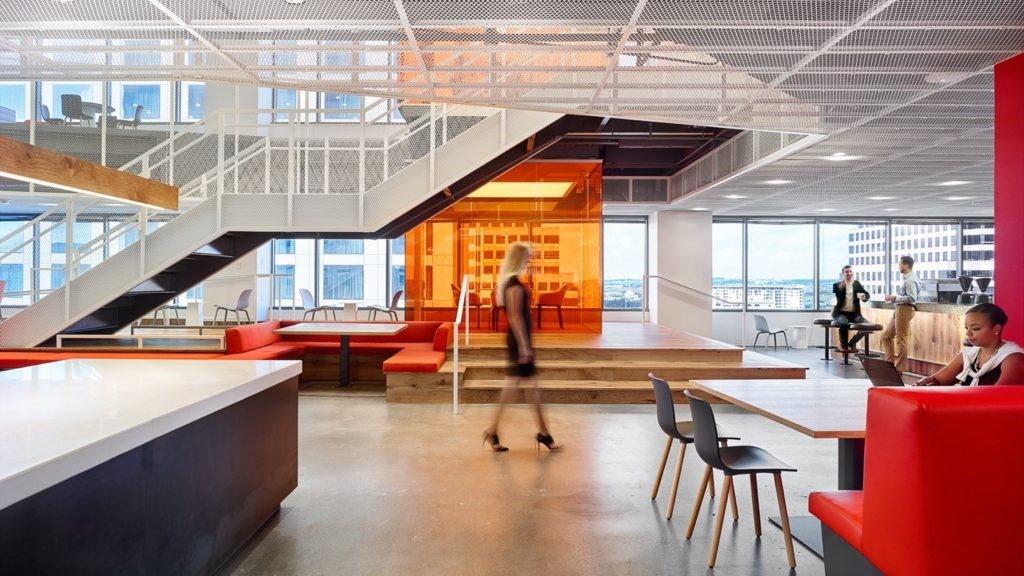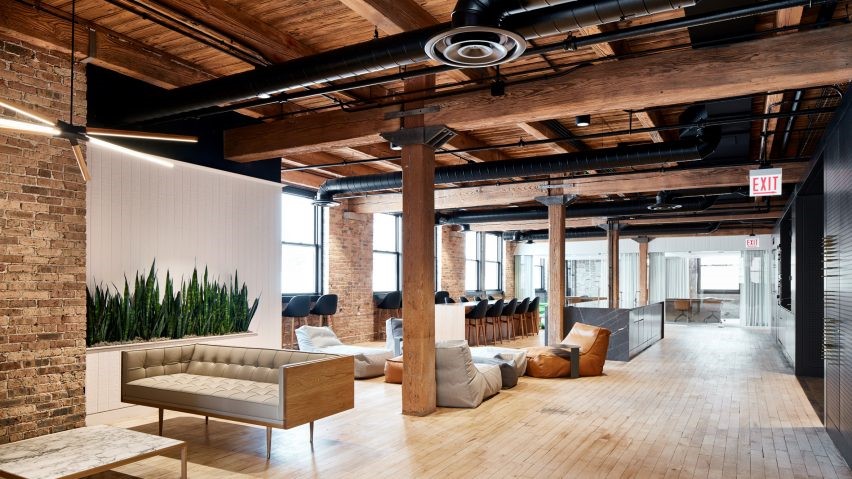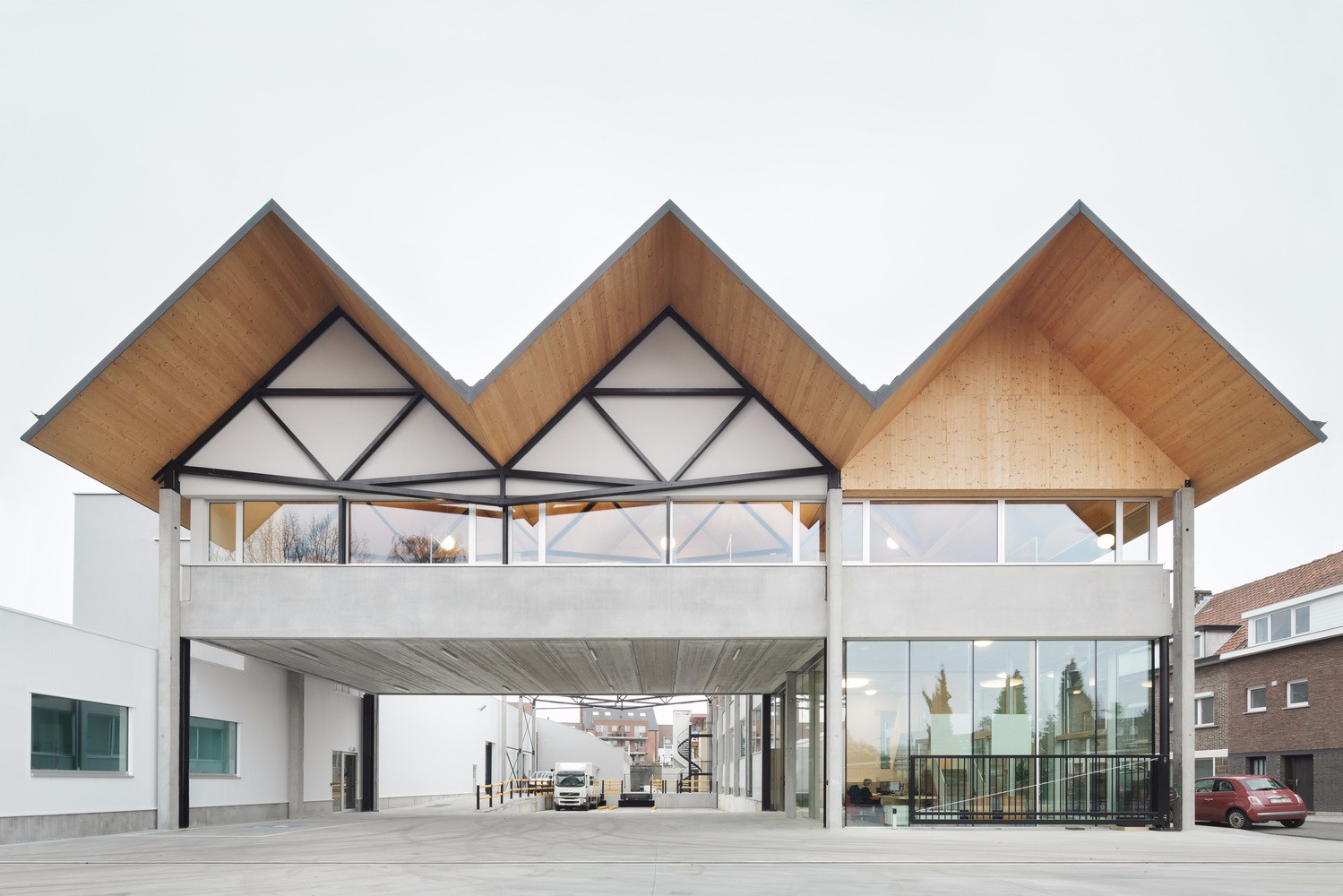Vista
2017-10-14 19:00
架构师提供的文本描述。现代摩天大楼将人类活动从地心引力中解放出来。以垂直为特征的摩天大楼使我们摆脱了熟悉的感觉和存在的意识。“无证据的存在”不仅是对各种摩天大楼的描述,也是对它所容纳的生活的描述。建筑应积极响应特定的场所,建立与环境的对话,从而使空间体验与视觉意识的连续性相关联,使人、空间、运动、事件与环境更大程度地联系在一起。
Text description provided by the architects. Modern skyscrapers liberate human activities from gravity. Skyscraper featured by verticality makes us break away from familiar senses and consciousness of being existing. “An existence without evidences” is not only the description of varied skyscrapers but also of the life it accommodated. Architecture should respond to its specific site actively and establish dialogue with its context, thereby bringing correlation of spatial experiences and continuity of visual consciousness, which makes people, space, movement, and event tied to environment in a bigger scale.
© Schran Image
C.Schran图像


沂蒙山横贯华东平原,彝河从山东中南部的山地向东蜿蜒流过临沂市。位于临沂市兰山地区。东临沂河,西临宜州路,是城市的交通要道。客货双轨延始铁路位于铁路南侧,桃兰公路跨江大桥连接两岸机场和火车站。它在水路、公路和铁路交通的交汇处。
Yimeng Mountain lies across the East China plain and Yi River runs from mountain land in middle south of Shandong province, meandering eastwards through Linyi city. The site is located in Lanshan area in Linyi city. It faces Yi River in east, and in west, it is beside Yizhou road which is a traffic artery of the city. The twin-track Yanshi railway both for passengers and goods lies in south of it and cross-river bridge of Taoran road connects the airport and railway station that are on tow sides of the river. It’s in the intersection of waterway,highway,and railway transportation.
网站的观点是多种多样的。在北面和东面,平面图的直线被折叠到东侧的河流上,在建筑物的边缘形成三角形的空间。牵着人民的眼睛,从彝江望着风景。每个折叠单位都有2.1米长,因此,它的规模适合两到三人休息和欣赏周围的令人敬畏的景观。东侧和西侧垂直折叠,分别面向河流和城市。总体上,它形成了一个条件,即流体表面在东南相对较明显,在西北较坚实,以响应其特定的环境。
Views of the site are varied. In north and east sides, the straight line of the plan is folded up to the river in the east side, which forms triangular spaces around the margin of the building. to lead the people’s eye is looking forwards the view from Yi river. Every folding unit is 2.1-meter long. So, the scale of it is suitable for two to three persons to have rest and enjoy the awesome view around the building. The east and west sides are folded up perpendicularly to face the river and the urban respectively. Overall, it forms a condition that the fluid facade is relatively more see-through in southeast and more solid in northwest to respond its particular context.
© Schran Image
C.Schran图像


Ground Floor


© Schran Image
C.Schran图像




在垂直方向上,组件贯穿整个外观。围绕塔顶和塔底,正面组件从线到表面有节奏地变化。讲台上详细的立面加上塔顶和中间,塑造了整个建筑的完整性。在靠近地面的地方,平台的正面是以几何形式折叠的彩虹铝板。铝板和玻璃的自然光和周围场景的交替反射,给出了立面的空间特征。
In vertical direction, components run though the whole facade. Around the top and the bottom of the tower, the facade components change from line to surface rhythmically. The detailed facade on podium plus the middle and the top of the tower, shaped the integrity of the building. Near to the ground, the facade of the podium is detailed by folded iridescence aluminum panels in geometrical form. The alternate reflections of natural light and surrounding scenes from the aluminum panels and the glasses gives the facade spatial characteristic.
© Schran Image
C.Schran图像




© Schran Image
C.Schran图像




© Schran Image
C.Schran图像


建筑的外观在物理上是以一种绝对的静态状态存在的,但在环境中,时间和空间给出了它的动态和静态特征之间的关联。当人们在建筑物周围行走时,它的正面似乎构成了一道光和影交替流动的风口,空洞和固体逐渐混合在一起。人、建筑和环境不再是独特的个体,但它们之间的相互关系产生了生动的景象。内在与外部的渗透,运动与静止的相互依存,给人一种模糊感,这是我们对正面动态关联的探索。
Physically, the façade of architecture exists in a unmitigated static state but in environment, the time and space give it correlation between dynamic and static characters. When people walking around the building, its facade seems to compose a cento where light and shadow flows alternately, the void and solid mixes gradually. People, architecture, and environment are no longer distinctive individuals but they produce a vivid scene with their interrelationship. The penetration between inside and outside and the interdependence of movement and stillness give a sense of ambiguity, which is our exploration of the dynamic facade correlation.






















































Architects Doarchi
Location Linyi, Shandong, China
Architect in Charge Ding Penghua
Design Team Cao Yaoyao, Zhang Wenxin, Qiu Binnen, Tang Jiajia, Ma Yu, Yang Shuo, Chen Zhenliang, Zhang Han
Photography Su Shengliang, Gu Zhenqiang, Yang Langzhou, Chen Ling, Xue Shuangxi
Area 57457.0 m2
Project Year 2017
Photographs Schran Image
Category Office Buildings















